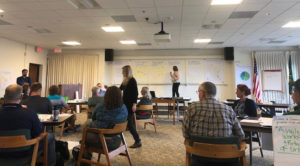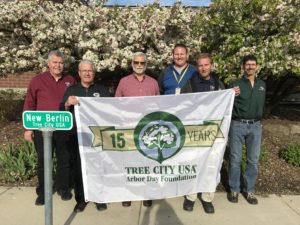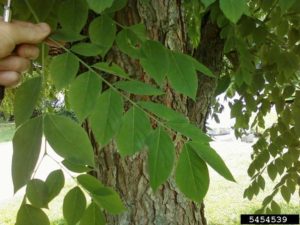Gusty winds, very low humidity, and little-to-no precipitation lead to a weekend of critical fire weather conditions. The threat is predicted to continue into early next week with elevated fire danger across the state.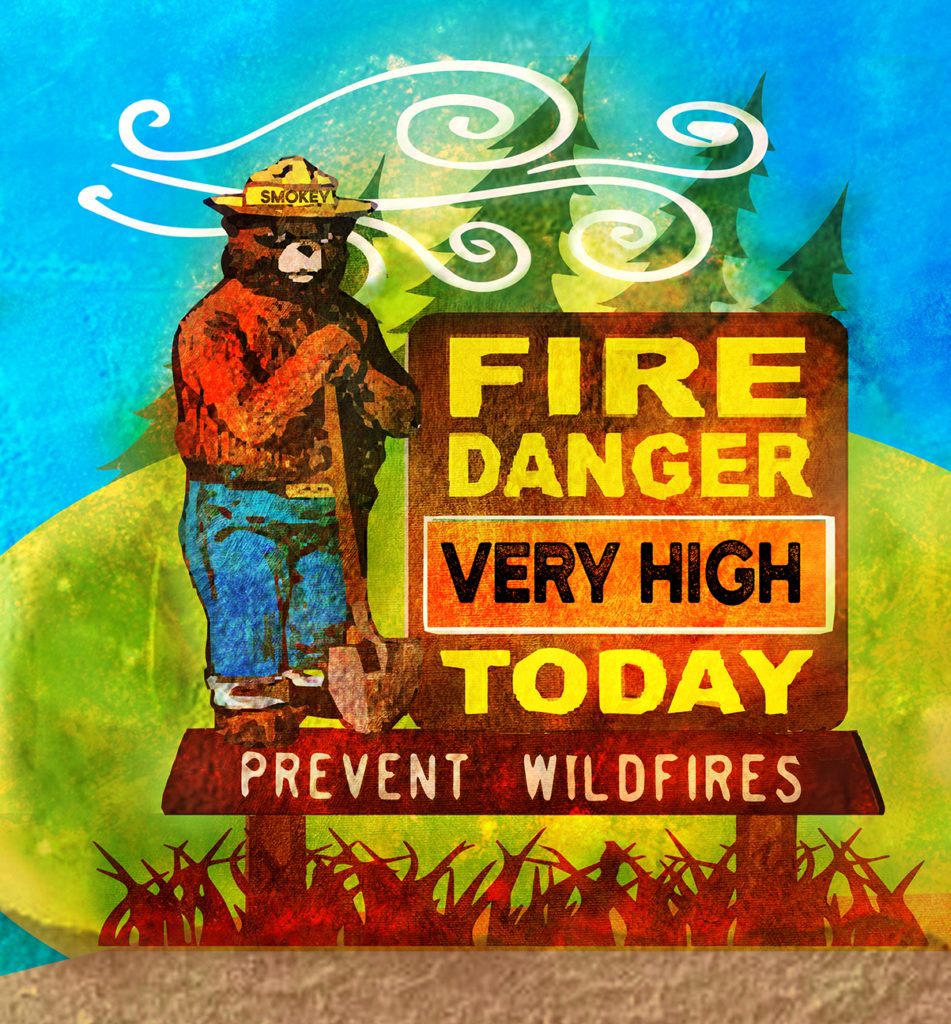
To help us keep Wisconsinites safe, the Wisconsin Department of Natural Resources continues to request that the public avoid outdoor burning, including limiting the use of campfires and off-road vehicles and to avoid disposing hot ashes from woodstoves in grass or wooded areas.
Fire control officials are concerned that the cooler temperatures and slightly lesser winds will cause the public to become complacent as Wisconsin enters the peak of wildfire season. The main factor going into the weekend is the very low humidity levels (~15-20%), coupled with tinder dry vegetation. Fires under these circumstances can start easily and spread quickly.
The greatest chance of precipitation will occur on Saturday evening, but will be confined to southern Wisconsin. Winds will be out of the north and northwest for the duration of this timeframe. Fuel conditions such as trees, shrubs and grasses are very dry. Please continue to take extra precautions as a dry stretch of weather remains.
The northern half of the state is entering a critical time for catastrophic fire, especially in sandy soil and pine areas. Fires in these locations are starting to see increased fire behavior, resulting in fire moving from the surface to the crowns of the trees, making fire suppression more challenging. The greening of vegetation is progressing in the southern part of the state which is lessening the fire risk.
Burning remains suspended with DNR-issued burning permits for debris piles, barrels and grass or wooded areas. We are also asking the public again to be especially careful with any activities that could potentially lead to a wildland fire such as smoking, chainsaws, dragging trailer chains, off-road vehicles or other small engines have the potential to throw sparks. Use extreme caution until the fire weather improves.
The DNR will be on high alert across the entire state this weekend, pre-positioning equipment for rapid response. The DNR has four contract tanker planes and access to the Wisconsin Army National Guard Black Hawk helicopters with bucket capability.
Continue to monitor the current situation by searching the DNR website using keyword “fire.”
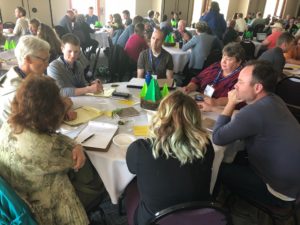 The Urban Forestry Team provides guidance, training, information, funding and professional connection opportunities to municipal foresters and other professionals to achieve sustainable urban forestry management. In a (hickory) nutshell, our work falls into the following five categories:
The Urban Forestry Team provides guidance, training, information, funding and professional connection opportunities to municipal foresters and other professionals to achieve sustainable urban forestry management. In a (hickory) nutshell, our work falls into the following five categories:
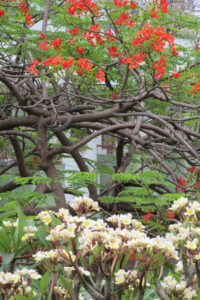 “What is it about this place?” I wondered. “Why does this city feel so harsh, so disheartening?”
“What is it about this place?” I wondered. “Why does this city feel so harsh, so disheartening?”